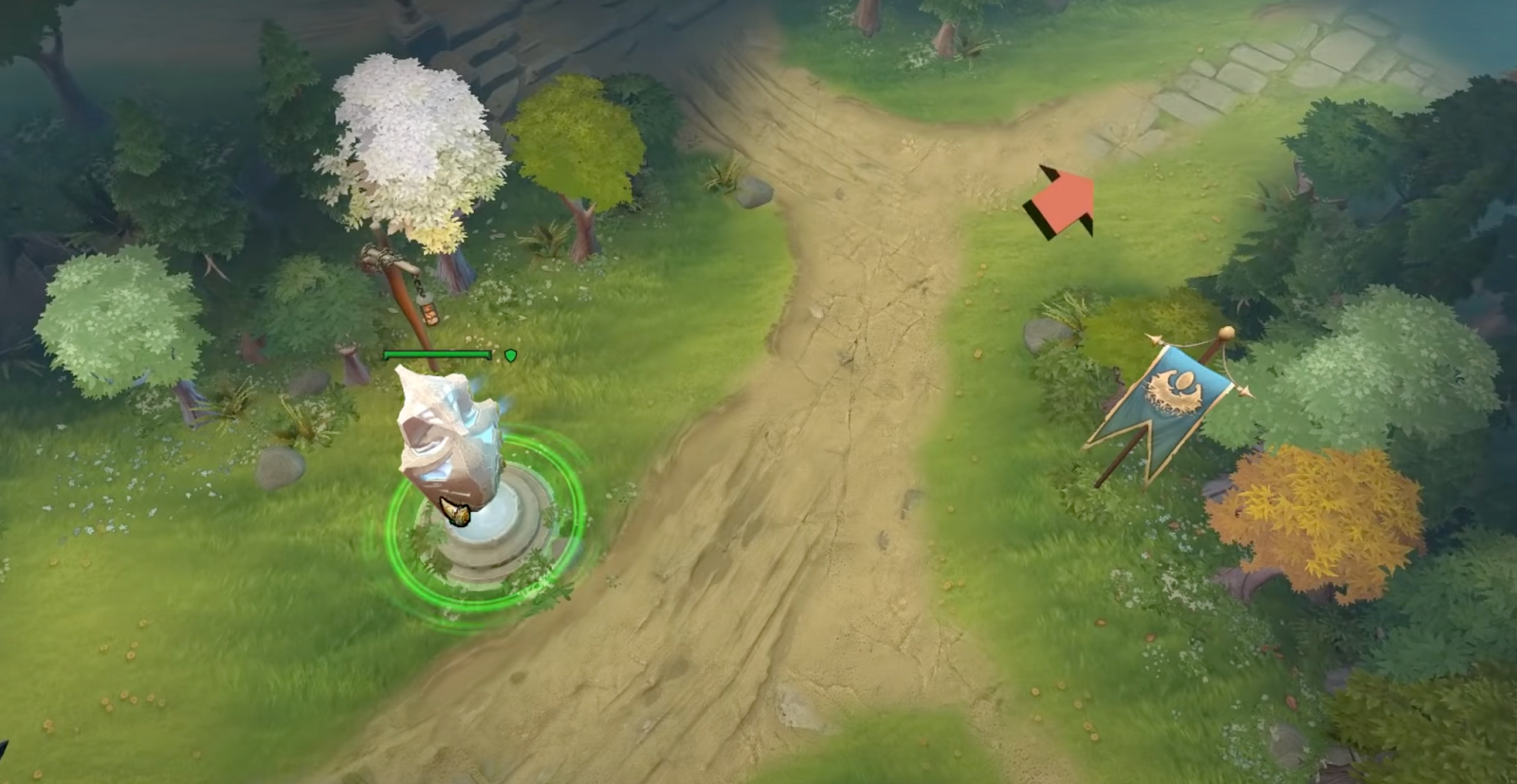A player’s quick guide to Dota 2 towers
Developed by Valve, Dota 2 is known as one of the leading games in the esports industry. By falling under the multiplayer online battle arena (MOBA) genre, players of this game need to master the art of camaraderie to win their games. Learning it also makes the game more fun and exciting to play.
This game is played between two teams, each of which has five players. Each of them takes on the role of a hero, tasked with defending their base while attacking the enemy’s main base. On their path are different towers that make up their path against their enemies’ bases. These towers are not just simple infrastructures as they are also significant in the progression of the game.
When playing Dota 2, players must be aware of these towers and what they are for. Here’s what you need to know about the towers of Dota 2:
What are towers?
Towers are each teams’ main line of defense. These towers attack any non-neutral enemy that comes within their range. Both factions have three towers guarding each of the three lanes. In addition, each faction’s Ancient has two towers. There are a total of eleven towers per faction. Each tower is also classified into four different tiers.
During the day, all towers have a visual range of 1900 meters. Tier 1 towers have a night vision range of 600 meters, while higher tier towers have a range of 1100 meters. All towers also have True Sight in a 700-foot radius surrounding them, as well as one defensive and one supportive ability. Towers can assault neighbouring neutral creeps, but they never attack them.
Towers award a gold bounty to the last hitmaker, as well as a team bounty to the entire squad. Both teams receive half of the team bounty if they are denied.
Four main towers
As mentioned, there are four main towers in the game. These are:
Tower (Tier 1)
This tower increases armour and health regeneration of nearby allied heroes by 60. This tower doesn’t allow the stacking of multiple instances of tower protection. This means that when teleporting from a tier 2/3/4 tower to a tier 1 tower or vice versa, the players’ armour and health regen bonuses will update after the linger time.
Tier 1 towers only affect allied heroes, creep heroes, and illusions but they don’t affect any other allied units. Moreover, they can affect the invulnerable heroes who aren’t hidden. These towers also provide the whole area with an actual vision that is fully unobstructed.
Towers (Tier 2/3/4)
This structure takes reduced damage and quickly regenerates any damage that has been taken while there are no enemy creeps nearby. With backdoor protection, all buildings that fall under this tier have a search radius of 900 centred on them. All of these base buildings depend on the Ancient’s search radius of 4000 centred on them. This means that they can lose protection altogether.
The unit detection it uses is aura-based. This means that if an enemy lane creep gets within the search of the tower or ancient’s radius, the protection is lost. This aura effect only lasts for 0.5 seconds so the total reactivation delay for this is effectively around 15.5 seconds. If a backdoor-protected building is damaged by an enemy, they immediately start to heal back.
Aside from backdoor protection, tier 2/3/4 towers also have abilities like tower protection and true sight. Tower protection increases armour and health regeneration of nearby allied heroes. With this skill, the aura’s buff lingers for 0.5 seconds. These towers can regenerate up to 180 health in one minute.
True sight, on the other hand, is provided within the whole area to provide players with a clear unobstructed vision of the area. This skill cannot detect units under the effect of Shadow Dance, Smoke of Deceit, and Techies’ traps and mines.
Attack priority
Towers use standard auto-attacking when numerous adversaries engage and will naturally target the first adversary that comes inside its attack range. It also stays with its target until it can’t be attacked anymore (it dies, gets out of attack range or becomes attack immune). After that, it uses the following prioritization system to select the next attack target:
- The enemy unit closest to the tower is attacking it.
- The tower’s closest enemy unit is attacking one of its allies.
- Enemy unit closest to you
It makes no difference whether the unit is a hero or not because they are both handled equally. Wards and siege creeps are two units that are treated differently. These units are always the last to be attacked. If a tower targets one of these units and then comes within range of another unit or hero, the tower switches to the new unit. Siege creeps take precedence over wards.
Tower skins
Custom towers alter the appearance of the towers. Here are some of the legendary tower skins every player should know.
- Declaration of the Divine Light Radiant Towers: This is awarded to players who levelled The International 10 Battle Pass to 200.
- Declaration of the Divine Shadow Dire Towers: This is awarded to players who levelled The International 10 Battle Pass to 200.
- Guardians of the Lost Path Dire Towers: This is awarded to players who levelled The International 2019 Battle Pass to 335.
- Guardians of the Lost Path Radiant Towers: This is awarded to players who levelled The International 2019 Battle Pass to 335.
These are just some of the basic information that players should know about Dota 2 towers and the role they play in a game. By keeping this in mind, players can have a more worthwhile experience as they know how each element matters in Dota 2 gameplay.

